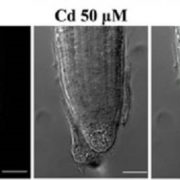
In Arabidopsis thaliana cadmium affects growth of the primary root by altering SCR expression and auxin-cytokinin crosstalk
Cadmium is a toxic metal in our environment. Bruno et al. explored cadmium-mediated root-growth inhibition using the model plant Arabidopsis thaliana. Cadmium affects root growth longitudinally by reducing root meristem cell number and radially by controlling the number and width of stele cells. The…
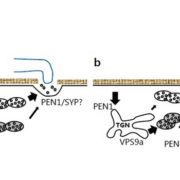
VPS9a activates the Rab5 GTPase ARA7 to confer distinct pre- and post-invasive plant innate immunity ($)
Fungal invasion exploits plant cell membrane trafficking components. For instance, plant immunity against fungi such as Vlumeria graminis f.sp. hordei (Bgh) is defined through two stages: pre- and post-invasive immunity. Nielsen et al. found that Vacuolar Protein Sorting 9a (VPS9a) acts as a guanine…
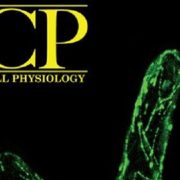
The ARM domain of ARMADILLO-REPEAT KINESIS 1 is not required for microtubule catastrophe but can negatively regulate NIMA-RELATED KINASE 6 in Arabidopsis thaliana
ARMADILLO-REPEAT KINESIN 1 (ARK1) promotes microtubule disassembly and NIMA-RELATED KINASE 6 (NEK6) organizes microtubule arrays. Previous studies showed that NEK6 interacts with ARK1 through Armadillo-repeat (ARM) cargo domain. Eng et al. looked at two constructs: one which lacks ARM (ARK1▲ARM-GFP)…
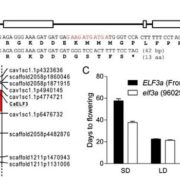
The chickpea Early Flowering 1 (Efl1) locus is an ortholog of Arabidopsis ELF3 ($)
Chickpea is a highly cultivated member of the legume family, mostly in India, Australia, Pakistan, Turkey, Burma, Iran, Canada and the US. The detrimental threat for chickpea is the invasion of Ascochyta blight, which is caused by the fungal pathogen Ascochyta rabiei (formerly known as Phoma rabiei). The…
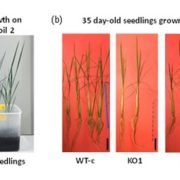
Production of low-Cs+ rice plants by inactivation of the K+ transporter OsHAK1 with the CRISPR-Cas system
Nuclear accidents in recent years such as the Fukushima incident during the tsunami in 2011 revealed the detrimental effects of leaked radioactive cesium (Cs) in environmental soil and water. Due to Cs's chemical similarity with potassium, an essential macronutrient for plants, cesium is taken up by…
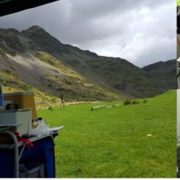
Field-based species identification of closely-related plants using real-time nanopore sequencing
DNA sequencing was slow before the development of high throughput sequencing. Portable DNA sequencing, which would make sequencing on-site a reality, was impossible until recently. Parker et al. report on the on-site use of MinION from Oxford Nanopore Technologies for DNA barcoding, which yields data…
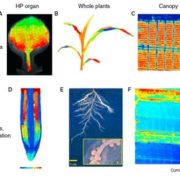
Review: Plant phenomics, from sensors to knowledge
0 Comments
/
Tardieu et al. have written a comprehensive and very readable overview of the current state and future challenges of plant phenomics, which they define as “the development and application of the suite of tools and methods used for three major goals — (1) capturing information on structure, function…
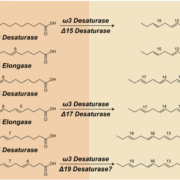
Medicine is not health care, food is health care: Plant metabolic engineering, diet and human health
A diet consisting of a wide range of plant matter is optimal for human heath, but due to various historical and social factors (including the relatively high cost of fresh fruit and vegetables), many people don’t get the nutrients they need. Biofortification of staple foods like rice through breeding…
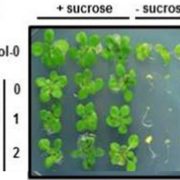
Identification of novel growth regulators in plant populations expressing random peptides
Knowing that many small molecules act as growth regulators, chemical genomics endeavors to identify novel growth-regulating compounds through screening thousands of randomly generated molecules. Knowing that many peptides also act as growth regulators, Bao et al. used a similar approach to look for novel…

